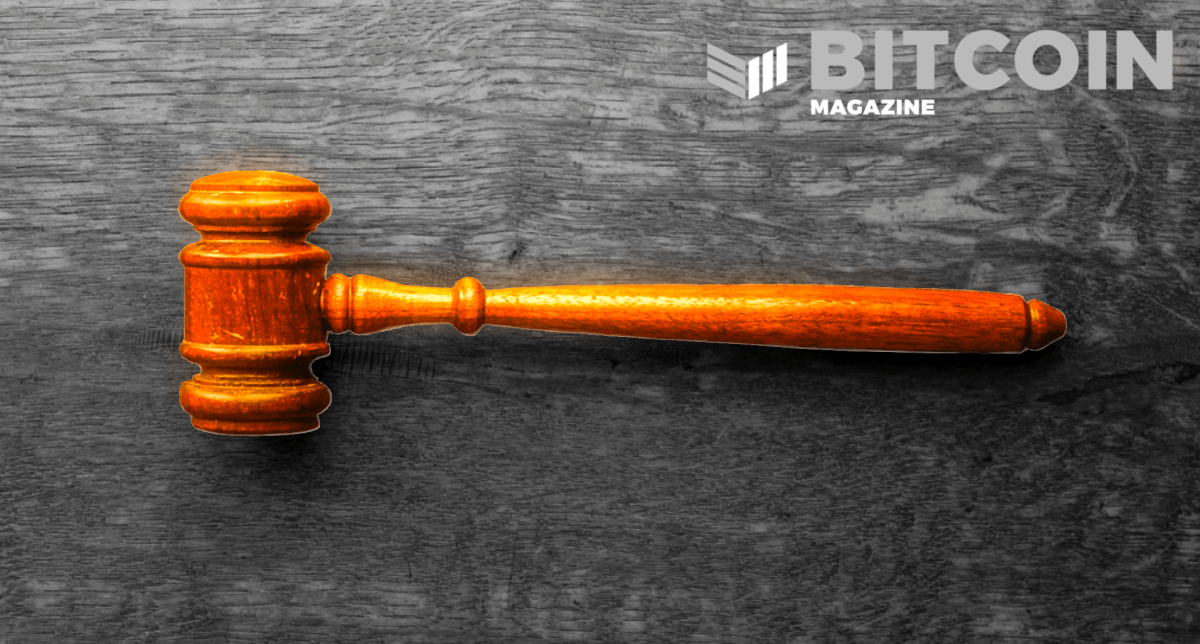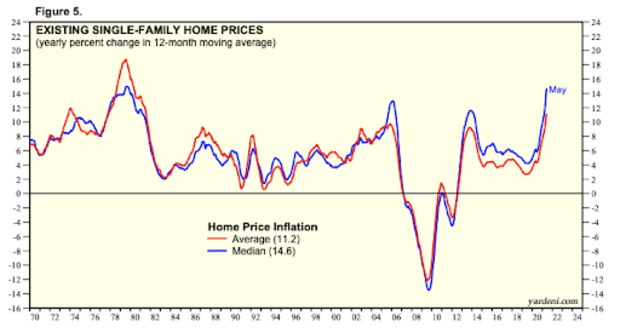The Fed Just Pumped $278 Billion Into the U.S. Economy: Here’s How
Last week, the Federal Reserve leveraged one of its tools for tinkering with U.S. financial markets — one that it hasn’t used since the Great Recession.
The New York branch of America’s central bank financed some $278 billion worth of repurchasing agreements (repo) from September 17 to 19, 2019. For some market watchers, the move raised an alarm because, as Nobel laureate Paul Krugman put it, the financial turmoil that necessitated this intervention “was at the heart of the 2008 financial crisis.” Still, other economists have posited that the cash injections came in response to a hiccup and that markets are doing just fine.
That “hiccup” was a spike in the overnight money market interest rate in response to a cash crunch. Typically, this rate stays on track with the Federal Reserve’s fed funds rate — an interest rate set by the Federal Reserve to guide the lending rates for bank-to-bank loans. At the beginning of the week, the money market rate decoupled from the funds rate — surging from the target 1.75 to 2 percent rate to 10 percent. By pumping more dollars into the cash-strapped lending market, the Federal Reserve brought the market money rate back in line with its funds rate.
What started as a single act on September 17, 2019, has now snowballed into four straight days of repo agreements to inject more than a quarter of a trillion dollars’ worth of capital into the system. Naturally, Bitcoin Twitter has been in a frenzy about these so-called repo agreements. Here’s how they work, why they were “necessary” (in the Fed’s eyes) and what they might mean for the overall economy.
What Is a Repo Agreement?
Repo agreements are rudimentary bank-to-bank lending agreements that take place every day behind the scenes of the economy. These agreements are one-day, typically overnight, loans that are backed by Treasury bonds or mortgage-backed securities.
These ad hoc loans are taken out only if the bank doesn’t have enough assets on its balance sheet at the end of the day to meet the reserve requirements mandated by the Federal Reserve. To correct this, the bank takes out a repo loan from another bank and puts up bonds and other securities as collateral. Once the borrowing bank has more cash in reserve the next day from payments and other operations, they pay back the repo loan with interest.
It’s important to understand that banks are constantly shuffling loans from one to the other for longer periods of time or for periods as short as a day (as evidenced by repo agreements). This so-called money market is the backbone of the U.S.’s lending ecosystem and, by extension, the economy; if it gets bent or broken, the wider consumer borrowing market is sure to fracture as well.
This is why the Federal Reserve stepped in: to lubricate the system with fresh cash to make sure it didn’t grind to a halt. At the beginning of the week, the lending rate for the repo market rose well above the funds rate set by the Federal Reserve, leaping from the Fed’s target of around 2 percent to a staggering 10 percent in a day. It should be noted: the Fed lowered interest rates this week from 2 to 2.25 percent to 1.75 to 2 percent. This rise pointed to a cash crunch, as banks were less willing to lend their peers money at the Fed’s target rate, so they began charging higher rates.
In response, the New York Federal Reserve stepped in to buy these repo agreements within its target rate to inject the market with emergency capital and bring down the rising interest rate. Banks bid for the Federal Reserve’s money by pawning off securities (mainly Treasury bonds and mortgages) as collateral in return for cash loans. As a result, the Federal Reserve pumped $53.2 billion into the market on September 17 and $75 billion on September 18, 19 and 20 for a whopping $278 billion — more than one-third of the money spent on President Obama’s stimulus package in 2009.
Why Did This Happen and What Does This Mean?
These are the million-dollar crystal-ball questions, and analysts, economists and journalists of various camps have divined their own tea leaves to determine what this means for the broader well-being of the economy.
The reason for the Fed’s repo action is clear: Banks weren’t lending to each other as easily because there wasn’t as much cash to go around. Why banks were cash-strapped, though, is another question entirely.
And the answers have been fairly straightforward, even if they’re unsatisfying to some spectators. The one being thrown around in the wake of these cash infusions is that there was a perfect storm of coincidences: Primary among these are that banks withdrew cash to pay quarterly corporate taxes and that bank balance sheets have been inundated with $78 billion in new bonds that the government sold last week to finance its operations.
Gregori Volokhine of Meeshaert Financial Services simply phrased it this way: “It looks like a lot of cash left the system in recent days and that demand for dollars was greater than the number of dollars in circulation.”
Federal Reserve Chairman Jerome Powell attempted to quell concerns and questions from reporters following the Fed’s first round of repo purchases on September 17, saying, “While these issues are important for market functioning and market participants, they have no implications for the economy or the stance of monetary policy.”
Still, other market participants and watchers are not convinced. Heidi M. Moore, a business maven who made her career as a finance journalist at the Wall Street Journal and the Guardian, said in a Twitter thread, “If there is not enough cash in the banking system for banks to meet all their liquidity needs, even for one day, we are in real trouble.” As others have pointed out, she said the event is noteworthy because the last time a liquidity crisis of this magnitude shook the lending market was in 2008, eventually leading to the economic earthquake that was the Great Recession.
One Bank of America analyst, quoted pseudonymously in a CNN article as Cabana, likened the monetary tool to quantitative easing (QE) — the Federal Reserve’s ability to buy government securities to add new dollars into circulation. While this isn’t technically QE, which the Fed used to flood markets with cash in the throes of the Great Recession to drive down borrowing costs and stimulate lending, Cabana said it’s basically the same thing, though the Fed would never admit it.
“The Fed won’t admit this, but it looks and smells an awful lot like the monetary authority is financing the fiscal authority,” he told CNN.
The post The Fed Just Pumped $278 Billion Into the U.S. Economy: Here’s How appeared first on Bitcoin Magazine.









